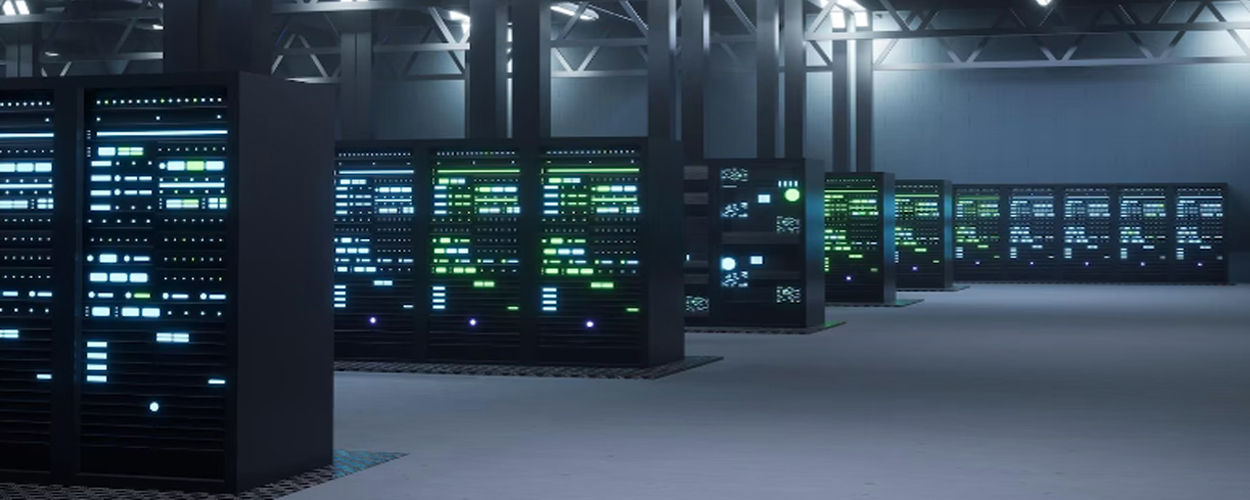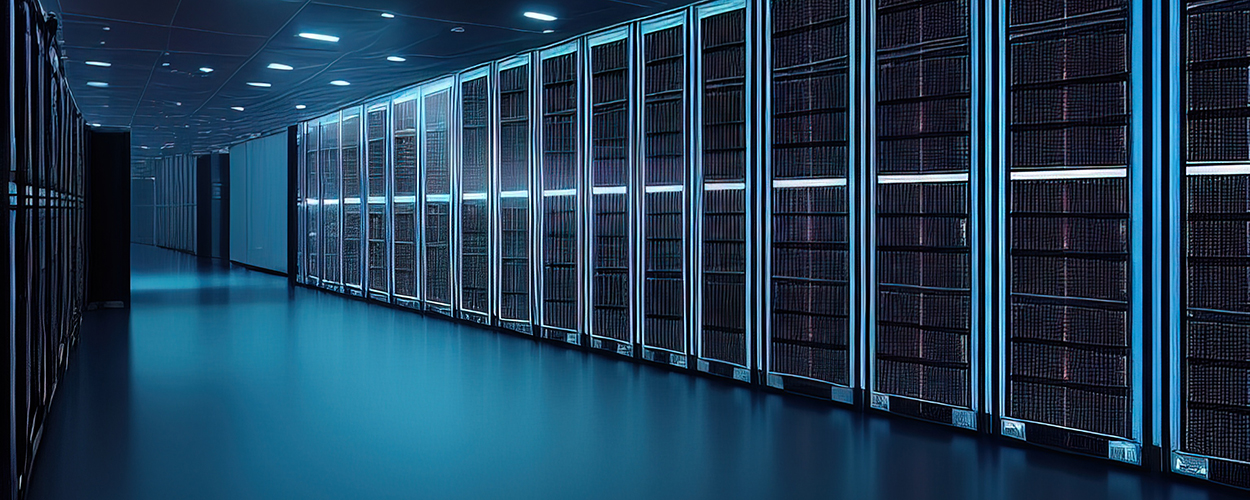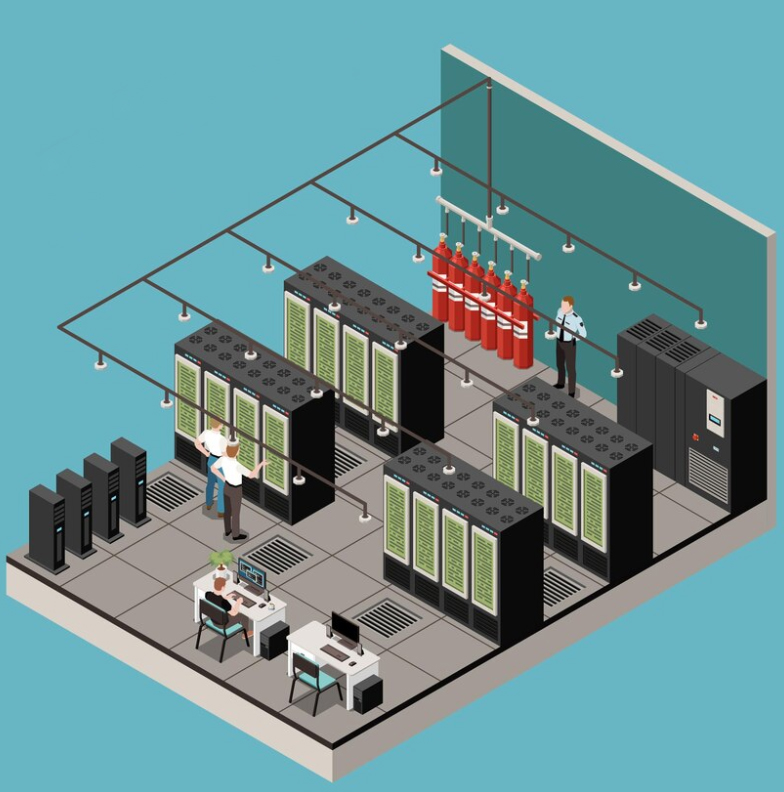Products
Gas fire suppression systems fundamentally achieve their extinguishing function through 2 principles:
1- By absorbing heat from the environment, they lower the ignition temperature of burning materials.
2- By reducing the oxygen level in the environment to below the minimum required for combustion, which is 14%.
These systems are used in areas where protection from water damage is essential.
After extinguishing a fire, gas fire suppression systems ensure our systems continue to operate quickly without causing damage to the environment.
Under certain conditions, clean agent fire suppression systems can even be used in rooms where people are present.
Non-clean agent systems, however, are only suitable for certain areas where no people are present under special conditions.
These systems are safe for humans and the environment as they do not conduct electricity.
Due to their ability to leave no residue after extinguishing and offering flexible usage options, gas fire suppression systems are widely used.
They are particularly preferred in critical areas where safety is paramount.
Server Rooms
Battery and UPS Rooms
Electrical and Control Panel Rooms
Transformer and Generator Rooms
Flammable Liquid Storage Areas
Data Centers
Archives
Libraries
Banks
Museums
Battery and UPS Rooms
Electrical and Control Panel Rooms
Transformer and Generator Rooms
Flammable Liquid Storage Areas
Data Centers
Archives
Libraries
Banks
Museums
The most preferred design standards worldwide for these systems are NFPA2001, EN15004 / ISO14520.
All designs must comply with the same standard, covering the entire system and equipment selection accordingly.
It is crucial that systems are tested and approved by international accredited organizations such as UL, FM, LPCB, VdS.

Temiz Kimyasal Gazlar
FK-5-1-12 (NOVEC1230, FK1230 or similar trade names)
HFC227EA (FM200 or similar trade names)
HFC125 (ECARO25, FE25 or similar trade names)
Temiz Asal Gazlar
IG-01 Argon (%100 Argon gas)
IG-55 Argonite (%50 Argon + %50 Nitrogen)
IG-100 Nitrogen (%100 Nitrogen)
IG-541 Inergen (%52 Nitrogen + %40 Argon + %8 CO2)
Temiz Olmayan Gazlar
CO2 – Karbondioksit (%100 Carbon Dioxide gas)

X
We use legal cookies to provide you with a better service. For information COOKIE POLICY ve PRIVACY POLICY Check out our sections.

